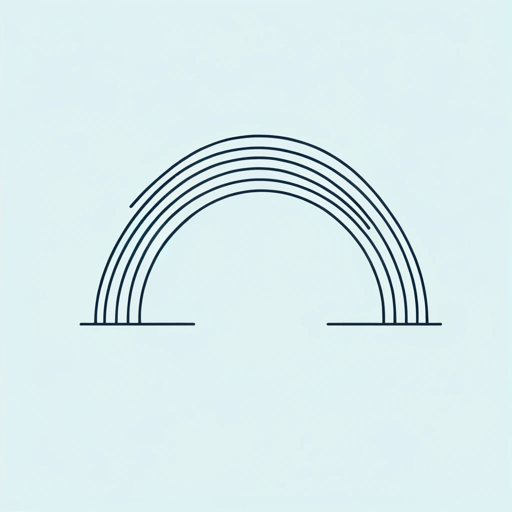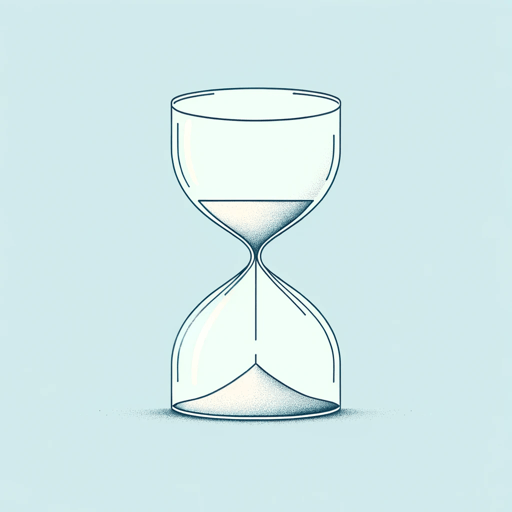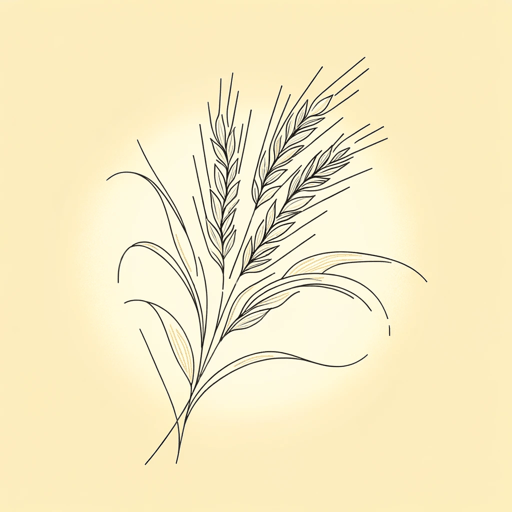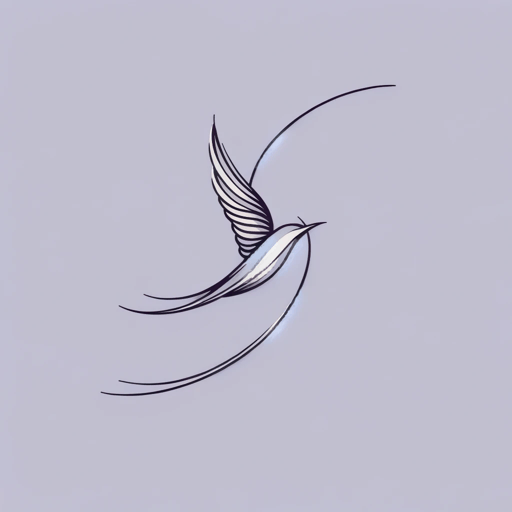18 pages • 36 minutes read
William WordsworthLondon, 1802
Fiction | Poem | Adult | Published in 1807A modern alternative to SparkNotes and CliffsNotes, SuperSummary offers high-quality Study Guides with detailed chapter summaries and analysis of major themes, characters, and more.
Literary Devices
Form/Meter
“London, 1802” takes the form of a sonnet. It generally follows what is known as the “Italian” or “Petrarchan” sonnet rhyme scheme. The sonnet’s rhyme scheme has an ABBA CDDC rhyme pattern for the first eight lines (known as the “octave” of the sonnet), and an EFFGEG rhyme scheme for the last six lines (known as the “sestet”).
Wordsworth’s choice of the sonnet form is significant, because it was a literary form that was hugely important and popular back in Milton’s own day. In addressing Milton using the sonnet form and through the occasional use of elevated Early Modern English diction (e.g., the use of “thou,” “thee,” and “thy” in the poem), the speaker pays homage to the popular literary conventions of Milton’s time while also demonstrating, through his own confident mastery of the form, that he is willing and capable of following Milton’s example as both a poet and a political radical.
Apostrophe
An apostrophe is a literary device in which the poem’s speaker addresses something or someone who is not literally present. In “London, 1802,” the
Related Titles
By William Wordsworth

A Complaint
William Wordsworth

A Slumber Did My Spirit Seal
William Wordsworth

Composed upon Westminster Bridge, September 3, 1802
William Wordsworth

Daffodils
William Wordsworth

I Wandered Lonely as a Cloud
William Wordsworth

Lines Composed a Few Miles above Tintern Abbey ...
William Wordsworth

Lyrical Ballads
William Wordsworth

My Heart Leaps Up
William Wordsworth

Ode: Intimations of Immortality from Recollections of Early Childhood
William Wordsworth

Preface to Lyrical Ballads
William Wordsworth

She Dwelt Among The Untrodden Ways
William Wordsworth

She Was a Phantom of Delight
William Wordsworth

The Prelude
William Wordsworth

The Solitary Reaper
William Wordsworth

The World Is Too Much with Us
William Wordsworth

To the Skylark
William Wordsworth

We Are Seven
William Wordsworth

